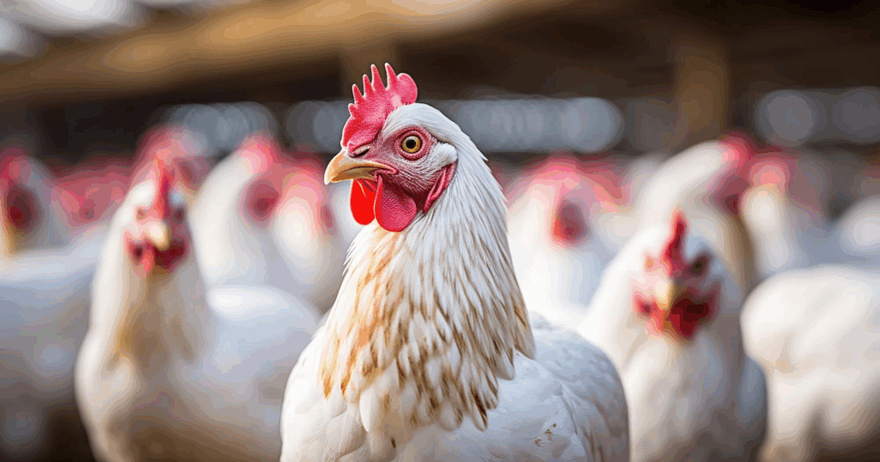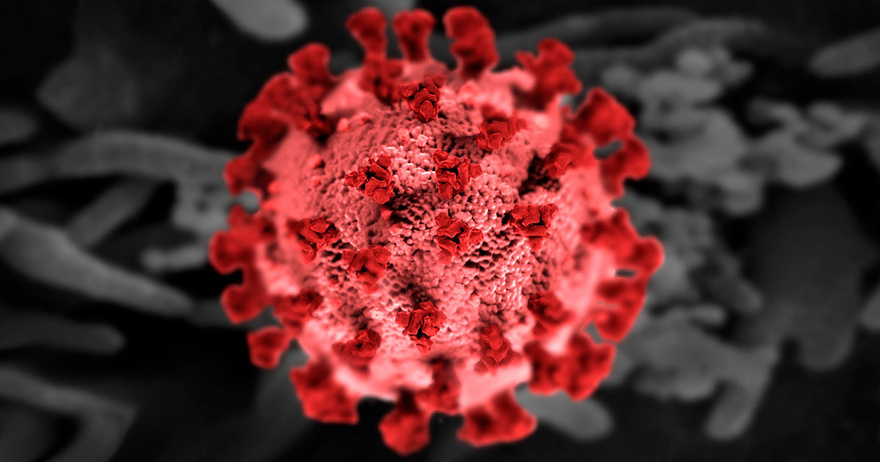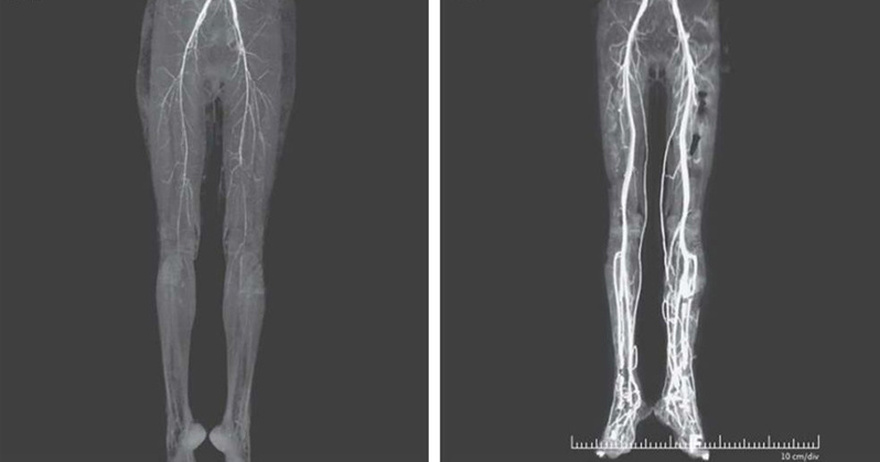As bird flu spreads uncontrollably on American farms, top health experts have warned that the US is on the verge of another epidemic.
Nearly 1,000 dairy cow herds have been impacted by the H5N1 outbreak thus far, and over 70 human cases—including the first verified death—have been reported.
According to scientists from the Global Virus Network (GVN), the US poultry sector is seriously at risk, especially in regions with large farming densities and where personal protective equipment may not be widely available.
The bird flu outbreak in the United States has resulted in the loss or culturing of over 168 million poultry since 2022, driving up the cost of eggs.
Experts warn that mutations and reassortments, which occur when two viruses infect a host at the same time and exchange genetic material, could increase the likelihood of human-to-human transmission even if it has not yet been seen.
The GVN is now calling on governments around the world to increase surveillance and enforce more stringent biosecurity measures in order to combat the threat posed by H5N1 avian influenza.
In order to prevent a chaotic series of events reminiscent of the early stages of the COVID-19 epidemic, the organization also cautions that nations need to prepare for the likelihood of human-to-human dissemination.
“Initiatives should focus on enhancing biosecurity measures in agricultural settings and educating the public about safe handling of poultry products and potential risks associated with contact with infected animals,” says Dr. Peter Palese, a director at the GVN and a global leader in influenza research.
According to Dr. Ab Osterhaus, a fellow GVN director and authority on animal viruses, a possible vaccination might also contribute to the crisis’ resolution.
He added, “Given the growing circulation of H5N1 among mammals, the GVN calls for urgent efforts to understand and interrupt transmission in cattle through herd management and potential vaccination.”
“Strengthening surveillance at animal-human interfaces is crucial, as current monitoring efforts are insufficient to guide effective prevention strategies.”
Earlier this year, there were rumors that the next administration may revoke the $590 million contract that the Biden Administration had given Moderna to produce a vaccine against the H5N1 bird flu.
Reports claim that since the Trump Administration took office, the White House Office of Pandemic Preparedness and Response (OPPR), which was established in the wake of COVID-19 to coordinate quick responses to outbreaks, has been essentially underfunded and understaffed.
Additionally, the National Security Council now houses pandemic planning, which some argue restricts openness and public scrutiny.
In January, the first recorded bird flu death in the United States occurred in Louisiana, where a patient died following hospitalization due to severe respiratory symptoms.
According to health officials, the individual was over 65, had preexisting medical issues, and had come into contact with dead and ill birds from a backyard flock.
They did not disclose any other information. Additionally, they stated that a genetic examination of the patient’s infection revealed that the bird flu virus may have changed inside the patient’s body, potentially leading to a more serious sickness.
The majority of the 70 confirmed bird flu cases that have been recorded in the United States since March 2024 have been mild, and the majority have been found in farmworkers who have been in close proximity to sick poultry or dairy cows.
Health experts are unsure of how the virus was acquired in two cases: one involving a toddler in California and the other involving an adult in Missouri.
Given how common it is in animals and how quickly it seems to be evolving, many experts rank H5N1 as the most dangerous pandemic threat.
People are more likely to be exposed to it and maybe contract it as a result of its increasing environmental prevalence.
Dr Marc Johnson, a virologist at the University of Missouri, recently said, X: “This virus might not go pandemic, but it is really trying hard, and it sure is getting a lot of opportunities.”
Overall, statistics indicate that over 12,875 wild and domestic flocks have contracted the virus since it was discovered in the United States in January 2022.
This year, 1,031 herds in 17 states—mostly in California and Colorado—were diagnosed with the virus after it spread to cows.
Additionally, 70 human cases have been found in 14 states so far this year, which is the highest number of cases the US has seen in at least 20 years. The most recent human case of avian flu occurred in 1997, prior to the current pandemic.
There is no proof that any of the patients infected other people.
Nonetheless, the virus has been found in unpasteurized or “raw” milks, prompting the USDA to declare that all businesses that handle raw milk will have to provide samples for analysis upon request.
The US’ approach to the outbreak has drawn criticism from a wide range of specialists, including World Health Organization representatives.
Pandemic experts have characterized it as ‘unfolding in slow motion.’ Almost all testing of cattle and humans exposed to sick cows was voluntary until the end of 2024.
Only cattle traveling across state lines are currently subject to obligatory testing.
Pigs have also occasionally been reported to have cases, which has alarmed experts because they may contract flu from both humans and birds and may be “mixing vessels” for a novel strain of the bird flu virus.
Additionally, since May 2022, infections have been found in over 400 wild animals that are not birds in the United States, including raccoons, seals, skunks, and red foxes.
According to experts, these animals may contract the virus by consuming the carcasses of birds that had contracted the bird flu.
In 60 of the more than 250 locations tracked nationwide, wastewater surveillance for the virus has also detected evidence of it.
Over 80 percent of samples have tested positive in Iowa and California.
According to officials, the United States already possesses a national stockpile of approximately 20 million bird flu vaccines that are “well matched” to the H5N1 virus.
If needed, it can also swiftly produce an additional 100 million.
Antiviral medications like oseltamivir (Tamiflu), which was used to treat the most recent US bird flu patient in Louisiana, are also available.
The development of a poultry avian flu vaccine and experiments demonstrating that human antivirals would be equally effective on diseased cows are still ongoing.
Justin Baldoni Hits Back at Marvel for Requesting Removal From Blake Lively Lawsuit
Everyone sees an elephant, but not everyone can tell where a horse is
Young Girl Thought She Found A Lizard In Forest – When Vet Sees It, He Screams: “Stand Back!”
Bill Belichick’s Girlfriend Jordon Hudson Wears Sparkling Ring on That Finger, Sparking Engagement Rumors





























